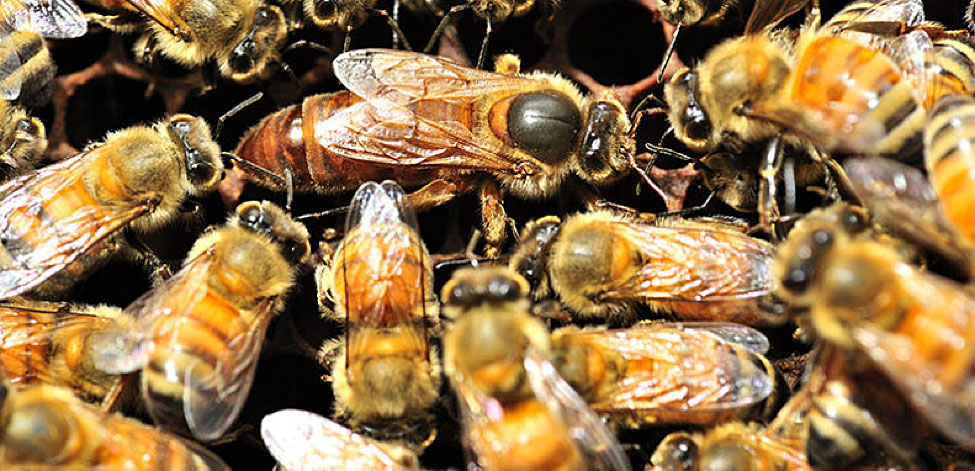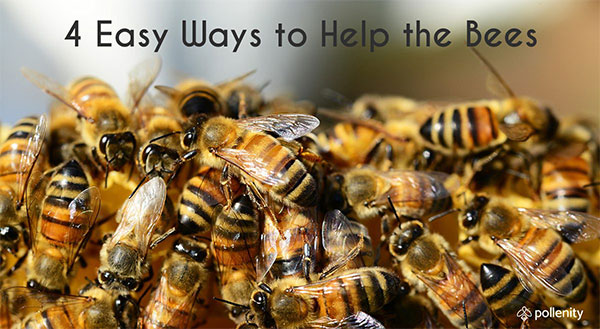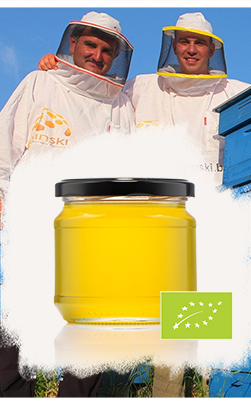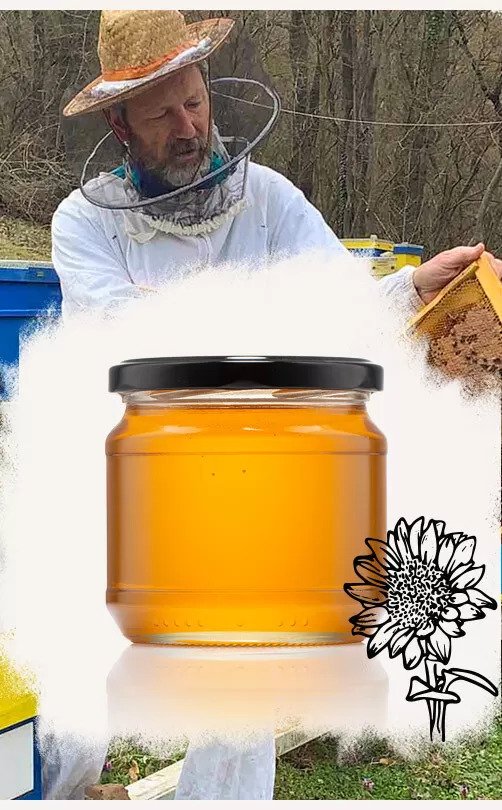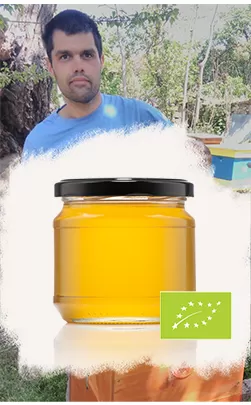We are happy to have on board guest blogger Greg Long. Greg is a beekeeper and Communications Coordinator at GloryBee, and has nearly completed his journey to becoming a Master Beekeeper. He’s currently enrolled in Master Beekeeping apprentice classes through the Oregon State Master Beekeepers’ Program. In his piece, he explains what is the Colony Collapse Disorder, why is it important and how can everyone help the bees.
Everybody knows (or should!) that honey bees play an essential role in our ecosystem – the human population simply would not be sustainable without the help of pollinating honey bees. According to the USDA, “During October-December 2006, beekeepers became alarmed that honey bee colonies were dying suddenly across the continental United States. Beekeepers reported losses of 30-90%.”
We should all be alarmed!
What’s to blame for North America’s disappearing honey bees? The ominous sounding phenomenon known as Colony Collapse Disorder is a contributing factor.
Adopt a hive by Pollenity
Adopt a hive is a program designed to support European beekeepers by creating a fair and sustainable market for their production. Our mission is to support local producers and their bees. With a single adopted hive you support over 60,000 bees and an indigenous beekeeper. Your contribution matters.
What is Colony Collapse Disorder?
Colony Collapse Disorder (CCD), first identified in 2006, occurs when the vast majority of bees in any given colony — generally worker bees — die out unexpectedly. Because the queen bee needs the nectar provided by these workers to nurse new bees, ultimately the entire colony collapses. Since its emergence, CCD has remained a major threat to the agricultural industry as a whole.
That might sound like an exaggeration, but it’s not. According to CNN, “Honey bees and wild bees are the most important pollinators of many of the fruits and vegetables we eat. Of 100 crop species that provide 90% of our global food supply, 71 are bee-pollinated. The value of pollination of food crops by bees in the U.S. alone is estimated at $16 billion and insect pollinators in general contribute $29 billion to U.S. farm income.
Of course, it’s not just about the money. Not only would produce prices skyrocket, but some foods could become unavailable indefinitely: almonds, apples, coffee, and cocoa are just a few. And the problem gets exponentially worse when considering the produce that other animals need to survive — without consistent growth of certain crops like alfalfa hay, dairy cows can’t be fed. It’s important to remember that the global food web is connected in intricate way; the declining honey bee population is a problem that can and will eventually affect us all.

What Are The Causes of Colony Collapse Disorder?
Countless theories have been made about the possible causes of CCD, but researchers and analysts have narrowed it down to a few likely possible causes. First, pesticides — while they do play a role in protecting crops from harmful insects and disease, some scientists fear they’re working a little too well. Pesticide exposure can be deadly, not just for honey bees, but for the majority of animals. When a honey bee pollinates a plant sprayed with pesticides, it can easily be contaminated and poison other bees at the hive.
According to the EPA, there have been many theories about the cause of CCD, but the researchers who are leading the effort to find out why are now focused on these factors:
- Increased losses due to the invasive varroa mite (a pest of honey bees).
- New or emerging diseases such as Israeli Acute Paralysis virus and the gut parasite Nosema.
- Pesticide poisoning through exposure to pesticides applied to crops or for in-hive insect or mite control.
- Stress bees experience due to management practices such as transportation to multiple locations across the country for providing pollination services.
- Changes to the habitat where bees forage.
- Inadequate forage/poor nutrition.
- Potential immune-suppressing stress on bees caused by one or a combination of factors identified above.
Good News/Bad News
The EPA reports “Once thought to pose a major long term threat to bees, reported cases of CCD have declined substantially over the last five years.” But, the 2014-2015 annual survey conducted by the Bee Informed Partnership found that “summer losses exceeded winter numbers for the first time, making annual losses for the year 42.1%”
“The winter loss numbers are more hopeful especially combined with the fact that we have not seen much sign of Colony Collapse Disorder (CCD) for several years, but such high colony losses in the summer and year-round remain very troubling,” said Jeff Pettis, a highly respected entomologist and lead scientist at the USDA’s bee research lab from 2005-2014. “If beekeepers are going to meet the growing demand for pollination services, researchers need to find better answers to the host of stresses that lead to both winter and summer colony losses,” he said.

What Can We All Do To Save The Bees?
Some of the brightest minds on the planet are currently working hard to save the bees. But what if you aren’t a world-renowned beekeeper or a Melittologist (an entomologist specializing in the study of bees)?
There are some small actions you can take to help Save the Bees:
- Planting flowers wherever you can is always a positive step toward repopulation. Choose plants that are native to your area.
- Avoid treating your yard with pesticides, especially when flowers are in full bloom. This is because pollen can easily be contaminated with poison and taken back to the hive where it could seriously harm other bees and the queen. There are plenty of alternative and more natural ways to protect your yard from pests.
- Buy local, raw honey whenever you can. Raw honey is the purest form of honey you can buy, and it puts the money into the pockets of hard-working local beekeepers as opposed to Big Honey, which may source honey from producers who do not treat their bees as well.
- Let dandelions, clover, and wildflowers grow in your yard and garden. Some people consider them to be weeds, but you don’t have to! They make great food sources for honey bees.
Finally, it’s important to stay informed of global bee health and do your part to protect the population. After all, bees have helped to provide for the human population, and they deserve to live happy and healthy lives in return. If honey bees die out, all the money in the world can’t bring them back.

